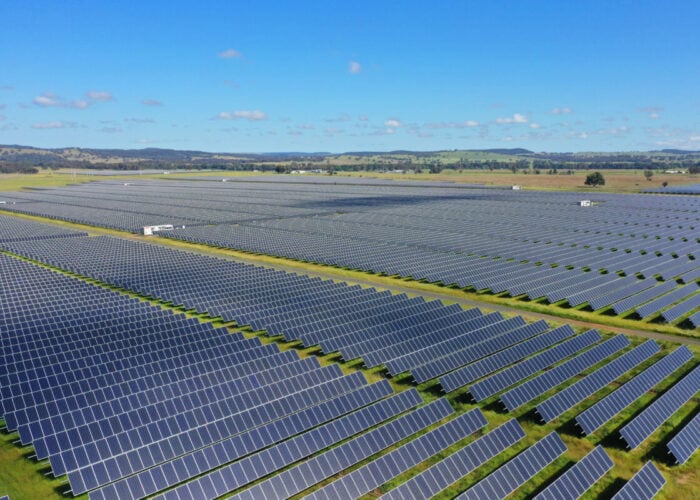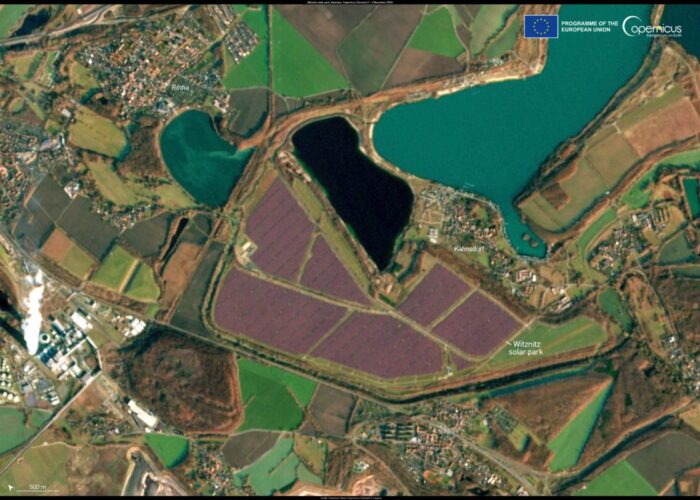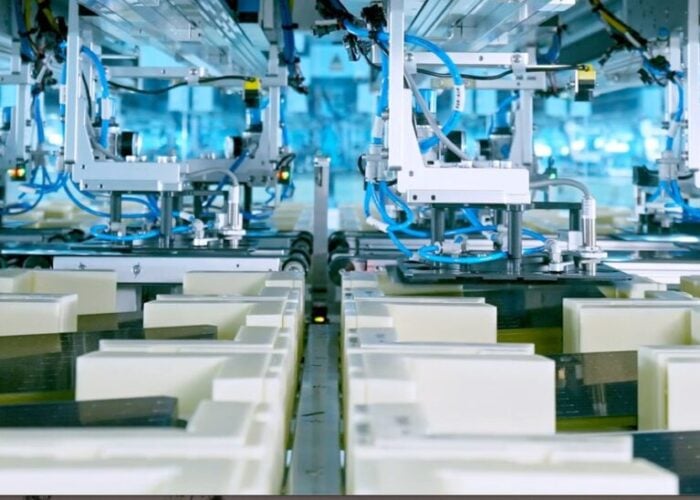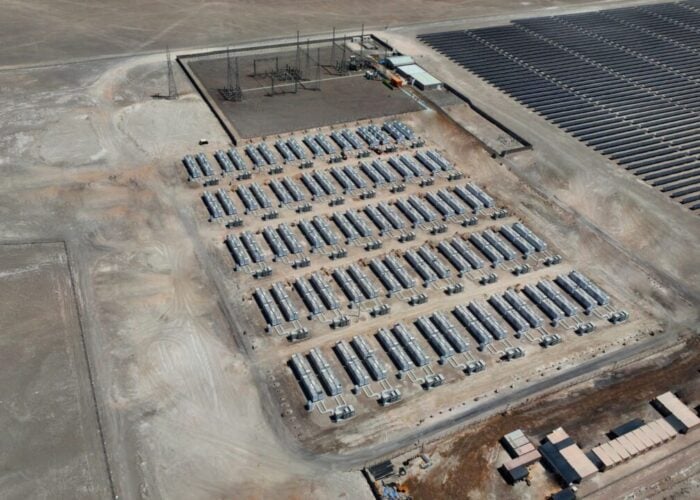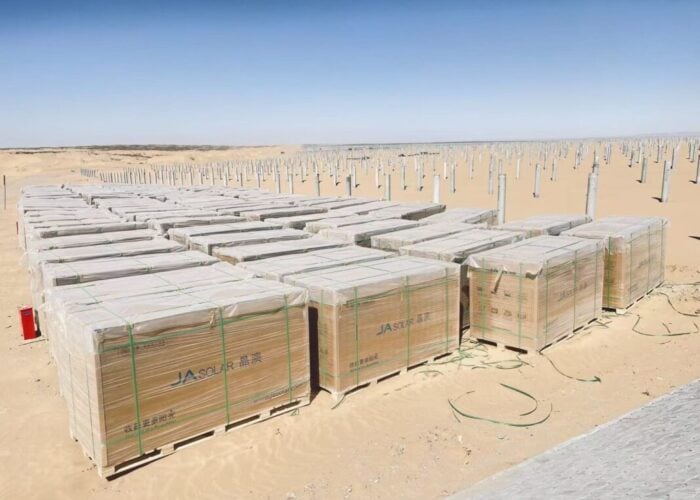Product Briefing Outline: Somont has made further improvements to its CERTUS stringing system, which is designed for production capacities from 50 – 100MW per year. The CERTUS features a modular concept to match the desired capacity requirements. CERTUS integrates all elements needed at the front-end of the module production line with new, state-of-the art technology for the stringer, in-line string testing, matrix lay-up, interconnection, matrix testing and lay-up on the glass plate.
Problem: The need to balance between higher level module capacity, to reduce overall manufacturing costs and to enable higher throughputs has led to further platform developments of the CERTUS system.
Unlock unlimited access for 12 whole months of distinctive global analysis
Photovoltaics International is now included.
- Regular insight and analysis of the industry’s biggest developments
- In-depth interviews with the industry’s leading figures
- Unlimited digital access to the PV Tech Power journal catalogue
- Unlimited digital access to the Photovoltaics International journal catalogue
- Access to more than 1,000 technical papers
- Discounts on Solar Media’s portfolio of events, in-person and virtual
Or continue reading this article for free
Solution: As an overall goals space requirements are optimized, the handling of the strings is further reduced, in-process testing possibilities were added as well as an automatic interconnection integrated – and at the same time the output per hour further increased while achieving greater quality, according to the company. To achieve these goals, SOMONT realised significant improvements in each process step: The stringer comes very compact in a fresh and modern design. It has a new technology to apply the flux on the ribbons. Improved cell handling and the new temperature management for the unique soft touch soldering process are key for the high throughput achievements. After cell soldering, the entire string is tested with a new, in-line test system consisting of a 3-D camera, electroluminescence and dark current measurement. Only strings matching specification are forwarded with a special transport system to the matrix lay-up station. After completion of the lay-up the entire matrix is forwarded to the interconnection which handles the required ribbons and soldering fully automated. Then the completed matrix is tested and carefully placed on the glass plate.
Applications: c-Si solar cell stringing in module production.
Platform: The new CERTUS can be configured with a series of options as well as integrated in existing module production lines.
Availability: July 2010 onwards.

